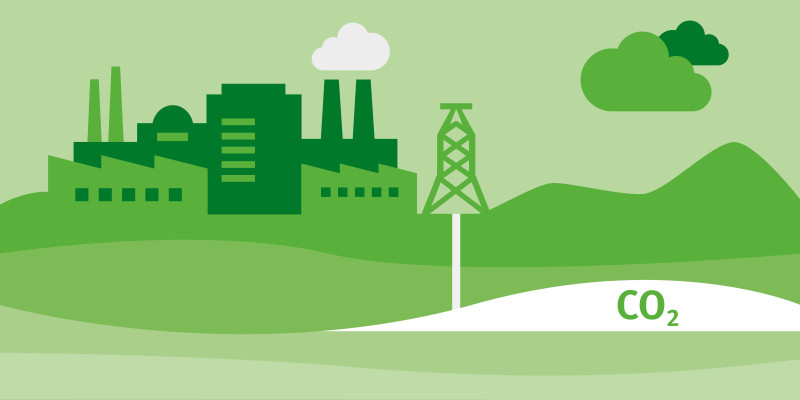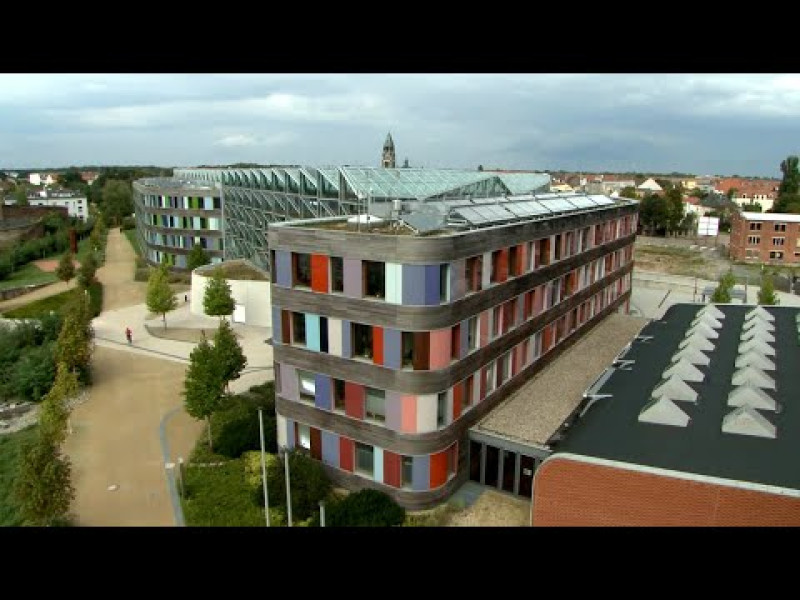There are various techniques for the capture of CO2 (carbon capture). Once captured, the CO2 is liquefied under pressure and stored underground. Storage is possible, for example, in empty gas or oil reservoirs, in salt-water-bearing rock strata or in the ocean floor. Transport as well as storage must be permanently safe and leak-proof in order to prevent the escape of CO2, which is harmful to humans and the environment in high concentrations. If CO2 is injected into the sea bed, for example, the marine environment must be protected from acidification. This has yet to be proven by technology.
For all unresolved issues, the UBA considers it important to test the CCS method. The UBA suggests waste incineration plants for test operations. The CO2 released there is produced at the end of a long value chain and could then be captured and stored. This so-called waste CCS (WACCS) also has the advantage for the environment that hardly any additional fossil fuels are used for the waste incinerated there and the residual heat is utilised.
The UBA is critical of the use of CCS plants in other industries such as the cement industry or even in the energy sector. In the energy industry, the use of CCS would entrench fossil technologies and hinder the expansion of renewable energies. In other sectors, too, CCS would make more climate-friendly alternatives more difficult – for example, more timber construction, alternative binding agents or building materials. In order not to cause negative effects in the transformation of the energy sector, industry and construction, the technology should not be prioritised in these sectors.
The EU has committed itself to becoming greenhouse gas neutral by 2050. Germany wants to reach the target as early as 2045. However, since unavoidable residual fossil emissions of 40 to 60 million tonnes of CO2 per year remain even with an ambitious climate policy, natural CO2 reservoirs such as forests, peatlands, as well as the increased use of wood as a building material, are important to absorb these emissions. "Expanding and protecting peatlands, forests and other natural sinks should be our first priority. CCS and other engineered sinks could then complement the natural sinks," Messner said. For CCS in waste incineration, the UBA considers an offset of up to 20 million tonnes of CO2 per year possible.
 Click to enlarge
Click to enlarge
